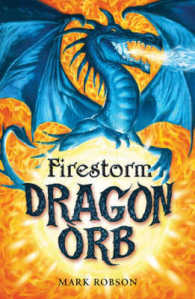Full Description
This book looks at how psychoanalytic thinking can be applied in a variety of settings and can respect the individual experience and circumstances of each patient.
It focuses on the analytic encounter and the hard task around trying to create what the author calls a human analytic setting, one which respects human diversity and theoretical pluralism, pays adequate attention to the patient's emotional pain and suffering, while hopefully facilitating psychic change. Starting by looking at general features of independent psychoanalysis, the author explores institutional and political issues which can either facilitate or restrict psychoanalytic thinking and institutional life. He also explores key themes such as the nature of subjectivity, subject relations, and the nature of absence and presence, through case studies. The final chapters elaborate on the duality of the psychoanalyst's identity - one centred around the psychoanalyst's need for a home base for their confidence as practitioners, the other about the challenges facing analysts having to work in solitude for much of their working life.
With a focus on the intimate relationship between what happens in the analytic setting and the analyst's own institutional influences, this is key reading for psychoanalysts and psychotherapists.
Contents
1. Introduction: Creating a human analytic setting 2. Becoming a Subject: Some Theoretical and clinical issues 3. Revisiting Subject Relations Theory 4. Presence and Absence in Early Experience 5. What are Fathers for? 6.A Severe Form of Breakdown in Communication in the Psychoanalysis of an Ill Adolescent 7. Becoming a Psychoanalyst - Which home to go to? 8. Loneliness, Solitude and the Analyst 9. Some psychoanalytic thoughts about incest 10. Struggling with Words: Aspects of the psychoanalysis of a borderline man 11. Outtakes: Extracts from Journal 1976-2025








